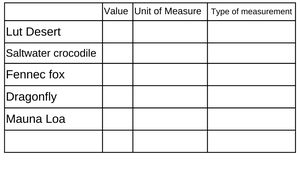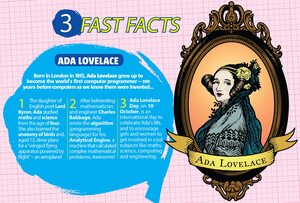1. Set up your Social Studies recording page: #63: Falkland Islands
2. Study this map from the World Atlas website. On your recording page add
- 5 island names
- the ocean where they are located
- the approximate latitude and longitude
- the capital
- the nearest continent and country (research required)
2. 
3. Read this information page. Choose one detail to record for each section.
4. Divide your recording page into five sections. Read this article about 5 penguins found on the Falkland Islands. For each penguin, record 3 details.
5. Do further research about one of the penguin species. Create colorful fact page with 5+ facts that you found during your research. Include your sources on your fact page.
6. Share your Social Studies mini spark recording page with your teacher/EY coordinator.
 The Falkland Islands (Islas Malvinas) are a remote South Atlantic archipelago. With rugged terrain and cliff-lined coasts, its hundreds of islands and islets are home to sheep farms and abundant birdlife. The capital, Stanley, sits on East Falkland, the largest island. With only around 3,000 residents, the Falkland Islands are one of the most remote and least populous territories on Earth.
The Falkland Islands (Islas Malvinas) are a remote South Atlantic archipelago. With rugged terrain and cliff-lined coasts, its hundreds of islands and islets are home to sheep farms and abundant birdlife. The capital, Stanley, sits on East Falkland, the largest island. With only around 3,000 residents, the Falkland Islands are one of the most remote and least populous territories on Earth.














